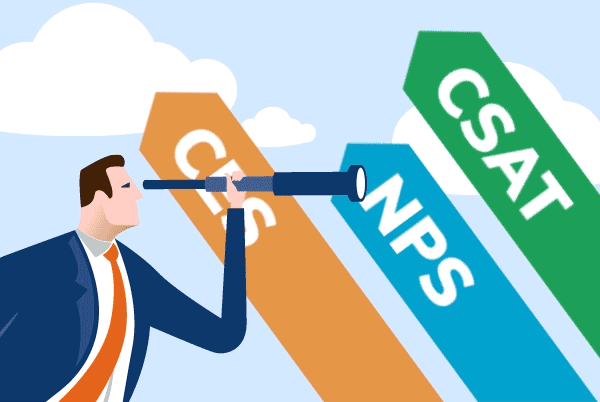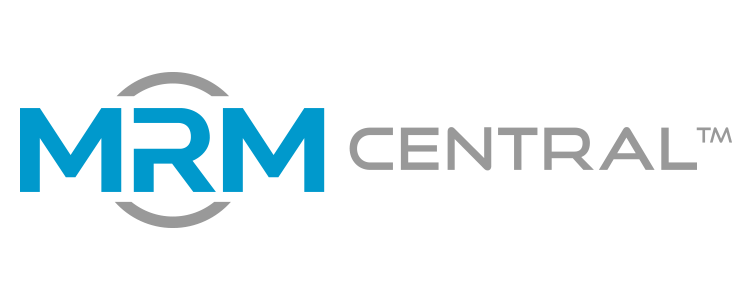21 Jan 3 Customer-focused Metrics Worth Tracking in 2020
3 Customer-focused Metrics Worth Tracking in 2020
Self-help gurus like to say that “What people say behind your back is none of your business,” but we all know that’s crazy talk—especially if you’re trying to run a profitable company.
What your customers think about your brand, products, and support staff can make or break you. The good news is that you can study their opinions to create a customer experience that is positive and memorable, paving the way for more repeat business and greater referrals.
In this blog post, we’ll look at three popular marketing metrics that will help you understand what your customers think about your business and how you can improve.
We’ll explore the following metrics:
Click on any of the links above to jump ahead.

Customer Satisfaction (CSAT)
CSAT is a rating that tells you how satisfied customers are with a specific aspect of your business. You can use a CSAT survey to ask customers how satisfied they are with:
Your products
Customer service
Website usability
Checkout process
Overall experience with your company
Formatting CSAT questions
CSAT usually consists of two questions. The first question asks the customer to rate their experience. For that question, you can use any the following formats:
Binary: Customers can respond with a “thumbs up” or “thumbs down” response
3-Point Scale: Good, neutral, or Bad
5-Point Scale: Very good, good, neutral, bad, very bad
Pro Tip: Binary scales can be great for getting continuous, real-time feedback so you know that everything is working well. If there’s something wrong with a tool on your website, for example, you’ll watch that CSAT score plummet as customers start clicking the “thumbs down” icon.
The second CSAT question should be an open-ended question, asking either: “What did you love about your experience today?” or “How can we improve your experience?” depending on whether the customer’s rating was positive or negative.
Why use CSAT?
Regularly tracking CSAT scores gives you a benchmark for improvement, and it tells you whether your current strategies are pushing the numbers in the right direction. For example, if your customer service reps undergo an expensive training designed to help them serve customers better, but you see your CSAT for Customer Support declining, you may want to reconsider that training program.
Of course, CSAT scores could drop for other reasons (including random variation), so don’t want to make any rash decisions. Correlation does not necessarily imply causation.
Net Promoter Score (NPS)
Net Promoter Score (NPS) is a metric that reflects your customers’ willingness to recommend your company’s products and services to people they know. Unlike CSAT, which measures satisfaction related to specific aspects of the customer experience, NPS looks at how people feel about your brand or a product line as a whole.
An NPS survey consists of two questions.
Question #1: “How likely are you to recommend this product or company to a friend or colleague on a scale of 0-10.”
Question #2: Depending on their rating, follow up with an open-ended question asking how you can improve (for 0-8 ratings) or what they love about the company or product (for 8-10 ratings).
A company’s Net Promoter Score is determined by categorizing respondents as Detractors, Neutrals, and Promoters based on the rating they give.
Detractors (customers who responded 0-6)
Neutrals (customers who responded 7-8)
Promoters (customers who responded 9-10)
Then you subtract the percentage of promoters from the percentage of detractors and multiply that number by 100 to get the company’s NPS.
NPS = % Promoters – % Detractors
Example: You present 2,000 customers with an NPS survey. 200 respondents (10%) answered 0-6, another 600 (30%) answered 7-8, and 1,200 (60%) answered 9 or 10.
Your Company’s NPS is 60 – 10 = 70.
What is a good NPS?
A company’s NPS can range from -100 to +100. The higher the score, the better the NPS.
Clearly, a negative score is bad. However, what’s more important than the raw score is how well you stack up against your competitors. For example, studies show that a score of 50 in an industry where the average NPS is 40 would confer greater benefits than a score of 55 in an industry where the average NPS is 60.
In other words, the next time someone tells that you should “never compare yourself to others,” you can tell them they’re wrong. Per science.
Why use NPS?
You can read our in-depth analysis of NPS and why it’s such a great metric to track: Net Promoter Score (NPS): A Powerful Metric for Predicting Success, but the basic idea is this…
NPS is the most reliable predictor of company growth, more so than any other metric available today.
As such, companies use NPS to compare themselves to their competitors and to track improvement over time. And since there are volumes of data out there on NPS scores for big companies, along with averages for industries as a whole, it’s usually possible to see how you stack up and what you can do to improve.
Of course, “what you need do to improve” is a question you can’t answer without question #2 in the NPS survey (see above). Many people think NPS is just the score itself, but how customers respond to the open-ended question is just as important.
Note: When researching NPS scores within your industry, only compare yourself to controlled scientific studies. Many companies will ask NPS questions on their own, and they ask in a way that increases their odds of getting a good response. That way, they can publish the data and tell the world how wonderful they are.
That might be good PR for them, but it’s bad data. Instead, rely on studies conducted by a third-party when comparing yourself to your competitors.
Of course, when it comes to running your own NPS surveys, you don’t need to hire an outside source since you’re using it as an internal benchmark. However, do what you can to ensure that customers give you honest feedback.
Customer Effort Score (CES)
CES measures how much effort it takes for a customer to accomplish something related to your brand. This might include:
Getting a support question answered
Making a purchase
Getting a seamless product delivery
Signing up for a service
Figuring out how a product works
These are just a few examples of where you might consider using a CES survey. These surveys come in handy at major customer touchpoints—any point at which customers might have to expend effort in their buyer’s journey.
Formatting CES Questions
CES consists of two questions, just like NPS and CSAT. The first question asks for a rating, and the second question is an open-ended one that asks the respondent to explain their rating.
Unlike NPS (and more like CSAT), there’s no standard in terms of the scale used for the rating question. In other words, you can offer anything from a 3-point scale to a 7-point scale, asking them how strongly they agree with a statement like: “Customer support made it easy to solve the issue(s) I called about today.”
Why use CES?
Have you ever struggled with a software bug that ate up precious time you could have spent doing something you loved?
Common sense tells us that the more effort we have to spend trying to use a product or service, the less likely we are to come back. And research backs this up!
According to a study by Gartner, among those customers who expend a high level of effort to get what they want, 96% say they’re unlikely to offer repeat business. By contrast, only 9% of those who expend minimal effort say they’re unlikely to return.
Other studies, including one published in the Harvard Business Review, have found that creating a smooth, reliable experience is a greater predictor for repeat business than “delighting” the customer. In other words, making things easier matters more than wowing them.
Where to Begin
If you’re thinking about rolling out any of these surveys, it’s always a good idea to get buy-in from executives and department heads. Take a comprehensive approach and determine things things like:
How you want to poll your customers: You can use on-page polls that slide up from the bottom of the webpage. You can also use emailed surveys, automated surveys on phone calls, or other survey delivery methods.
Note: Hotjar offers on-page polling, and Survey Monkey allows you to create and distribute surveys via email. There are other options on the market, but those two are well-respected in the industry.
How much data do you want to collect per month: You don’t need to survey all your customers, assuming you can get a statistically significant sample. Figure out how many people you need to survey per month or quarter in order to get good benchmarks.
Where, in the customer journey, do you want to ask each question: Do you want to run surveys after they first purchase an item? After a customer service call? One month after onboarding?
Once you’ve answered these questions, start gathering your data and see what you discover. Remember that all knowledge is good knowledge, so even if your scores make your cringe at first, you’re on your way to continuous improvement.
In all likelihood, you’ll find things you’re doing well, along with things you’re not doing so well. If your trajectory is a positive one, then you’re bound to boost sales and keep customers coming back for more in the long run. And that’s what it’s all about!

